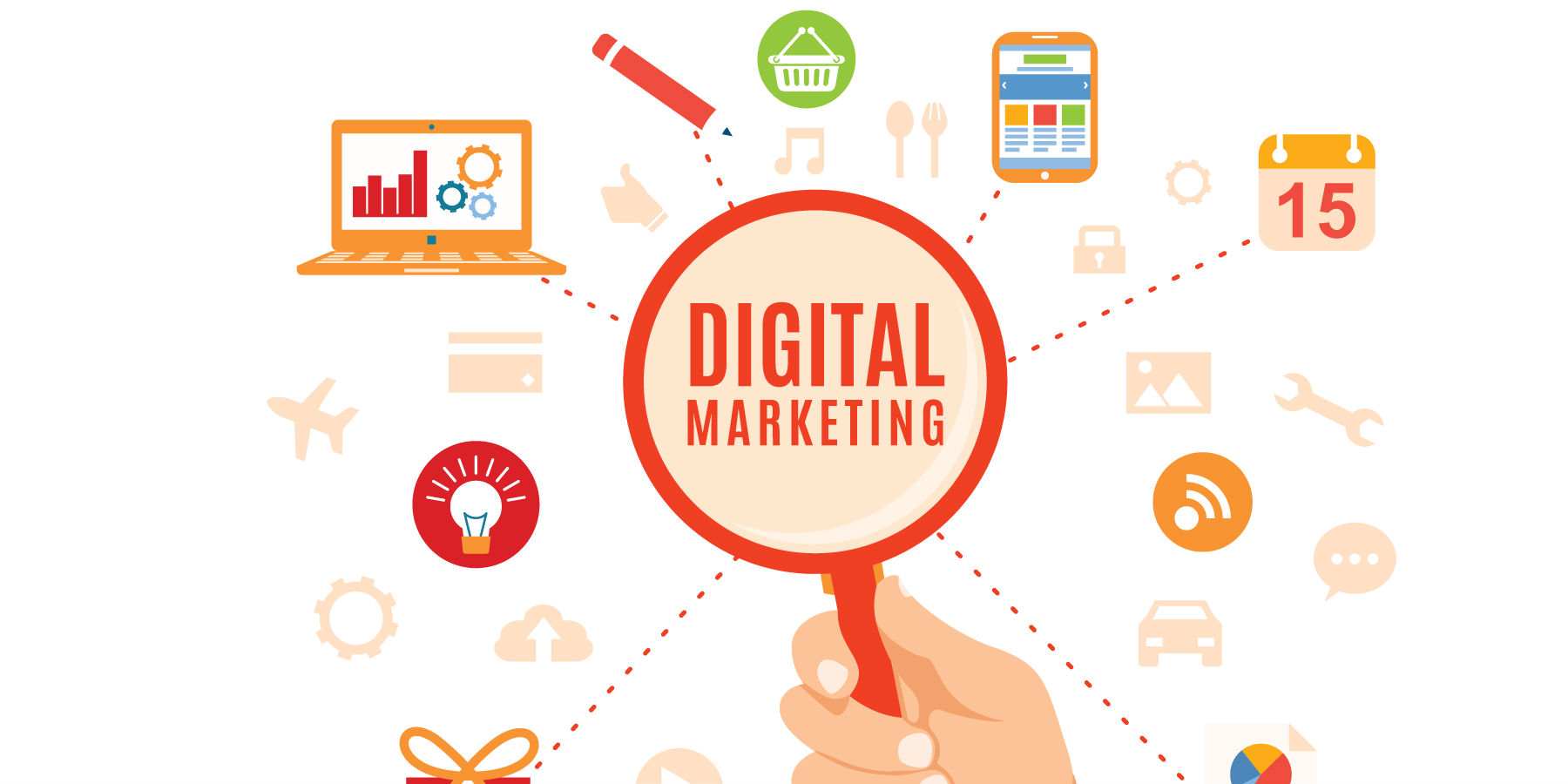Success in the ever-changing field of freelance digital marketing depends on having a solid understanding of the client journey. In order to produce significant outcomes, freelancers have to negotiate the intricacies of client demands, expectations, and behaviors. This piece explores the many phases of the customer journey and offers tactics and insights to improve customer satisfaction and engagement.
Introduction to the Customer Journey
The customer journey is the process through which potential clients become aware of your services, engage with your offerings, and eventually convert into loyal customers. For Digital Marketing Freelancer In Mumbai, this journey involves several touchpoints where interactions with clients can significantly influence their decisions. By understanding these stages, freelancers can tailor their approach to meet client needs effectively and foster long-term relationships.
The Awareness Stage: Capturing Attention
The first stage of the customer journey is awareness, where potential clients first learn about your freelancing services. This stage is crucial because it sets the foundation for all future interactions. Freelancers must ensure their online presence is strong and visible, utilizing platforms such as social media, blogs, and professional networks. Creating compelling content that addresses common client pain points can attract attention and establish credibility.
Key Channels for Awareness Stage
| Channel | Description |
|---|---|
| Social Media | Platforms like LinkedIn, Twitter, and Facebook for visibility |
| Blog Posts | Informative articles that showcase expertise |
| Online Communities | Participation in forums and groups related to digital marketing |
| Email Marketing | Sending informative newsletters to potential clients |
Content marketing plays a pivotal role in the awareness stage. By producing high-quality blog posts, videos, and social media updates, freelancers can position themselves as industry experts. Consistency in posting and engaging with followers helps build trust and keeps your services top-of-mind when potential clients need digital marketing assistance.

The Consideration Stage: Building Trust
Once potential clients are aware of your services, they move to the consideration stage. Here, they evaluate your offerings compared to others. It is essential to provide detailed information about your services, case studies, and client testimonials to build trust. A well-designed website with clear service descriptions, portfolio, and pricing can significantly influence client decisions.
Tools for Building Trust
| Tool | Description |
|---|---|
| Case Studies | Detailed accounts of past successes |
| Client Testimonials | Positive feedback from satisfied clients |
| Service Pages | In-depth descriptions of services offered |
| Portfolio | Showcase of previous work and achievements |
During the consideration stage, offering free consultations or audits can provide a personal touch and demonstrate your value. Engaging directly with potential clients through these interactions allows you to address their specific needs and concerns, showcasing your expertise and willingness to help.
The Decision Stage: Converting Leads into Clients
In the decision stage, potential clients are ready to make a choice. Your goal is to ensure they choose your services over competitors. Clear and compelling calls-to-action (CTAs) on your website and marketing materials guide clients towards making a decision. Offering flexible pricing packages, discounts for long-term commitments, and showcasing unique selling propositions (USPs) can tip the scales in your favor.
Conversion Strategies
| Strategy | Description |
|---|---|
| Clear CTAs | Direct prompts to encourage immediate action |
| Flexible Pricing | Various packages to suit different client budgets |
| Special Offers | Discounts and promotions to incentivize conversions |
| Unique Selling Points | Differentiators that set your services apart from competitors |
Follow-up is crucial in the decision stage. Prompt responses to inquiries and providing additional information as needed can reassure clients of your commitment to their success. Personalized emails and follow-up calls can make potential clients feel valued and more likely to choose your services.
The Retention Stage: Nurturing Relationships
After successfully converting leads into clients, the next challenge is retention. Satisfied clients are more likely to become repeat customers and refer your services to others. Regular communication, updates on project progress, and post-project follow-ups are essential to maintaining a strong client relationship. Providing exceptional service and exceeding client expectations can turn one-time projects into ongoing partnerships.
Client Retention Tactics
| Tactic | Description |
|---|---|
| Regular Updates | Keeping clients informed about project progress |
| Post-Project Follow-Up | Checking in after project completion for feedback and future opportunities |
| Value-Added Services | Offering additional services or insights beyond the initial scope |
| Loyalty Programs | Discounts or special offers for repeat clients |
Building a robust client retention strategy involves going beyond the standard service delivery. Personalized attention, celebrating client milestones, and continuously seeking feedback for improvement can create a loyal client base. Implementing a client management system to track interactions and preferences can streamline this process and ensure no client feels neglected.
The Advocacy Stage: Leveraging Client Advocacy
The final stage of the customer journey is advocacy. Happy clients can become your biggest advocates, providing referrals and positive reviews. Encouraging clients to share their experiences on social media and review platforms can significantly boost your reputation. Offering incentives for referrals, such as discounts or free services, can motivate clients to spread the word about your freelancing business.

Encouraging Client Advocacy
| Method | Description |
|---|---|
| Referral Programs | Incentives for clients who refer new business |
| Social Proof | Encouraging clients to share reviews and testimonials online |
| Client Case Studies | Highlighting successful projects in detail |
| Recognition | Acknowledging and rewarding loyal clients |
Creating a referral program with clear guidelines and attractive incentives can drive client advocacy. Additionally, featuring client success stories on your website and social media platforms not only provides social proof but also strengthens your relationship with those clients. Always express gratitude to clients who refer your services, reinforcing the value you place on their support.
Conclusion: Mastering the Customer Journey
Understanding the customer journey in digital marketing freelancing is crucial for building a successful business. By recognizing the distinct stages – awareness, consideration, decision, retention, and advocacy – freelancers can tailor their strategies to meet client needs at each touch-point. This comprehensive approach not only attracts new clients but also fosters long-term relationships and drives business growth.
A strategic focus on each stage of the customer journey ensures that potential clients feel valued and understood, increasing the likelihood of conversion and loyalty. By providing exceptional service, maintaining open communication, and continually seeking ways to add value, freelancers can create a thriving business that stands out in the competitive digital marketing landscape.
By following these steps and continually refining your approach, you can develop a digital marketing freelancing strategy that not only meets but exceeds your business goals.
Note :- To Read More Articles Visit on-
